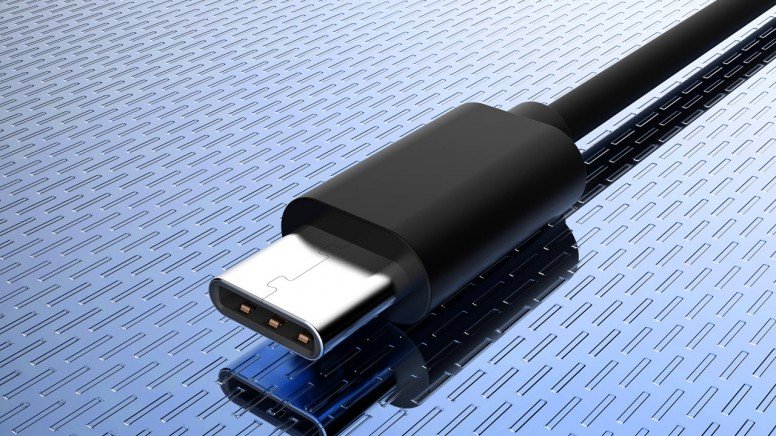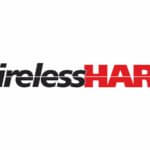USB is one of tech’s ultimate success stories – a universal standard that took off in every way. The Universal Serial Bus or USB connector has been a mainstay of a wide range of devices for years, though the actual port used and cable required, could vary dramatically. And now get ready for a whole new generation of USB. it’s time for USB4.
In a world where there are four different versions of USB 3.2, two types of USB 3.1 and a host of connector types and power specs, the idea of a new standard might seem overwhelming. However, there’s also a lot to look forward to. Here’s everything you need to know about USB4.
The History Of USB So Far:-
- 1995 – USB 1.0 debuted and could transfer 12 megabits. USB 1.1 followed and could also work with older devices. The familiar USB connector was introduced.
- 1998 – The iMac G3 is the first mass-market PC to bin serial and parallel ports in favor of USB.
- 2000 – USB 2.0 enters the fray, offering some power delivery options (the forerunner to the standard that enables you to charge your phone). The USB flash drives debut.
- 2008 – USB 3.0 makes its debut, with a 5Gbps transfer speed. USB 3.1 is introduced as an upgraded version.
- 2014 – USB-C or USB Type-C makes its debut. This uses USB 3.1 tech, but with a new connector designed to take over from old-style USB ports. Like Apple’s proprietary Lightning connector, it’s symmetrical and can be inserted either way up.
- 2017 – USB 3.2 is first talked about, offering data rates of up to 20Gbps. It’ll be introduced this year (2019) but it’s not as simple as it seems. Just like the Wi-Fi Alliance did before it, the guys behind USB have decided that the old standards will be renamed as well.
- 2019 – USB 3.2 will be introduced to products on shelves, while USB 4.0 has now been announced.
What’s USB 4?
In short, USB 4 promises to make all those cable connections faster, more useful and easier to use. And if all goes to plan, it should start making it safer for device makers to stop offering devices, chargers and other devices that use old-style rectangular USB-A or the smaller USB Micro B ports. That should help spread new USB into more chargers, laptops, airplane seatbacks, power strips, cars, and electronic devices.

USB4 doubles speeds compared to today’s fastest USB 3.2 by incorporating Intel’s speedy Thunderbolt technology that you already see on high-end laptops and peripherals. As with earlier USB upgrades that required backward compatibility, you’ll still be able to plug old USB equipment into new USB4 ports. But USB4 requires new-style USB-C connectors — the oval ports that appear on both PCs and phones and that no longer require you to worry about which side is up. So you may need a dongle to keep those older devices working.
Benefits of USB 4:-
- Better speed: USB4 tops out at 40 gigabits per second, twice the speed of the latest version of USB 3 and 8 times the speed of the original USB 3 standard, which was, of course, itself way faster than what it was replacing. It’ll also support the max speed of previous cables and interfaces.
- Universal Thunderbolt 3 compatibility: Thunderbolt 3 is Intel’s proprietary implementation of USB 3, which you’d find on Intel boards and those of any company that had licensed the tech. But Intel has come to realize that it was counterproductive to split things off like this, so they’re providing the Thunderbolt 3 spec for free. Anyone making a USB4 device or cable can make it compatible with Intel’s standard; it’s possible, but unlikely, that some will choose not to. There’s no reason for it, but who knows?
- Improved display/data splitting: USB 3 introduced the ability to use a single cable to send power, data and a video signal (basically just more but specialized data) over a single cable. Great! But sometimes, depending on how you set it up, it could only send one or the other, or speeds were greatly reduced. USB4 does this much better, so if you have a monitor that uses 8 Gbps for its video bandwidth, the full 32 Gbps will be available for other purposes. It’s just one of those behind the scenes changes that will make things better and easier for everyone.
Another important point is, the USB4 specification will rely on the USB 3 connector, which means cable manufacturers will not have to change anything regarding ports on their devices. Finally, USB Power Delivery will be a requirement for devices built for USB4.
Three Speeds of USB 4
Though it can hit theoretical speeds of up to 40 Gbps, not all USB devices or hosts will support that standard. Saunders told us that there will be three speeds: 10 Gbps, 20 Gbps, and 40 Gbps. Expect smaller and less-expensive devices such as phones and Chromebooks to use one of the lower speeds and, when you do get a laptop, you’ll need to make sure to look at the specs if you want the fastest USB 4 connection available.
Why USB 4 is Officially Spelled as “USB4” (No Space)
Unlike every other version of USB, the new spec is officially spelled without space before the version number. While we think that most people will probably write it as USB 4, the official name is USB4. USB Promoter Group CEO Brad Saunders explained that his goal in removing the space was to take the focus off of version numbers and onto a brand name.
“One of the things I’ve trying to signal right now is that we don’t plan to get into a 4.0, 4.1, 4.2 kinds of the iterative path,” he told us. “And we don’t want it to be associated and used with products as a differentiator . . . we want to keep it as simple as possible.”
Availability
USB4 was announced in March 2019, with a rough outline of its features and capabilities. And the USB Promoter forum released the specs for USB 4 in September. As for products that support USB4, its backward compatibility (see below) means that there are already existing products that will work with it. For USB4 certified devices though, we could be waiting until the of 2020 before they start to become available.
Pps, external hard drives, laptops, and dongles will arrive with USB4 support. But when the USB-IF announced USB4, executives said they expected devices 12 to 18 months afterward. That would mean USB4 devices could be here in late 2020.
Although USB4 benefits from the Thunderbolt technology infusion, there’s no guarantee the two technologies will get along. For example, today’s Thunderbolt 3 uses a laptop’s USB-C ports, but a USB4 port a couple of years from now won’t necessarily support a Thunderbolt peripheral. Thunderbolt 3 is an “optional capability” for USB4, meaning that device makers will have to clear Thunderbolt’s testing and certification requirements.




